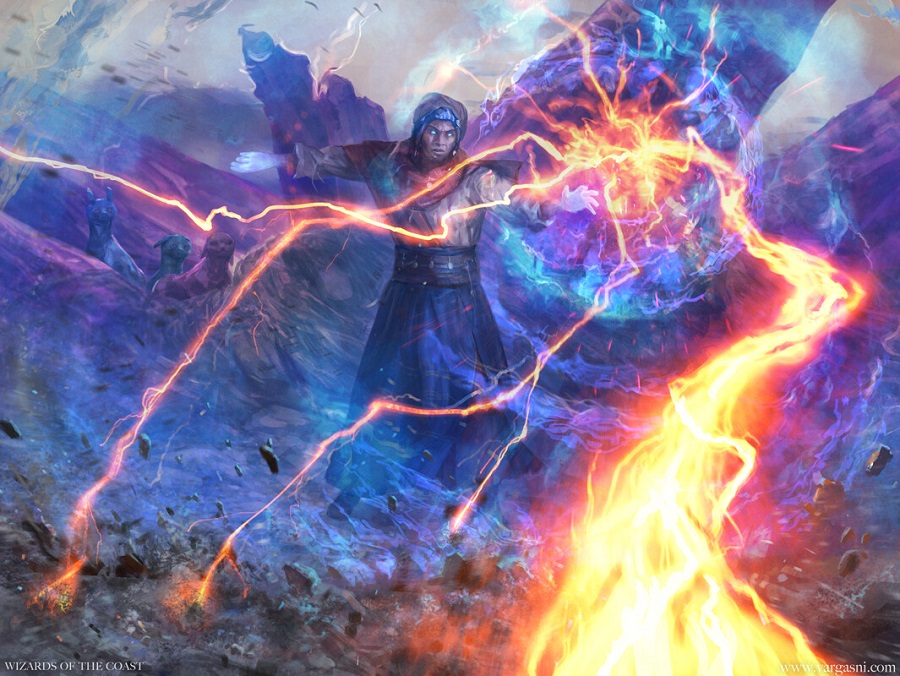
Bluffing is a subtle yet powerful skill in Magic: the Gathering (MTG). When used effectively, it can deceive your opponents, disrupt their strategies, and gain you a significant advantage. In my years of MTG gameplay, it is quite a skill to use against opponents who usually has no idea of what your deck strategy has.
Here’s a short guide to the art of bluffing in Magic: the Gathering:
1. Understanding the Importance of Bluffing:
– Bluffing is an essential tool in your arsenal. It can help you gain an edge, even when the cards in your hand may not be in your favor.
– Bluffing can make your opponents second-guess their decisions, potentially leading to suboptimal plays on their part.
2. Keep a Consistent Pace:
– One of the most significant indicators of a bluff is a change in your behavior or pace of play. Try to maintain a consistent tempo in your actions, whether it’s drawing cards, tapping lands, or declaring attacks.
3. Maintain Eye Contact and Body Language:
– Non-verbal cues can reveal your intentions. Make an effort to maintain eye contact with your opponent and keep your body language neutral. Avoid obvious signs of excitement or disappointment when drawing cards or making plays.
4. Represent Different Cards:
– Act in a way that represents different cards or strategies, even if you don’t have those cards in hand. For example, tap mana as if you’re casting a particular spell, even if you’re not.
5. Create False Patterns:
– Occasionally make moves that don’t fit your usual patterns. If you always attack with all creatures, consider holding one back, even if it’s not strategically optimal at the moment.
6. Use the Stack to Your Advantage:
– When you cast a spell or activate an ability, you can bluff by placing it on the stack and waiting for a response from your opponent before deciding whether to pay the cost or not.
7. Misleading Communication:
– Engage in misleading or ambiguous communication. Ask questions like “Is it okay if I do this?” to create uncertainty in your opponent’s mind.
8. Timing:
– Use timing to your advantage. Hold back on certain actions until your opponent has committed to a course of action. This can force them to rethink their choices.
9. Bluffing with Open Mana:
– Leaving mana open can make your opponent wonder if you have an instant or activated ability. They may be hesitant to attack or play certain spells.
10. Bluffing as Part of a Bigger Strategy:
– Sometimes, a bluff is part of a larger strategy. For example, you might create uncertainty in the early game to encourage your opponent to overcommit, only to punish them later.
11. Learn from Your Opponents:
– Pay attention to your opponents’ bluffs and tactics. Learning from their plays can help you recognize when they might be bluffing in future games.
12. Bluff Sparingly:
– Don’t overuse bluffing. If you bluff too frequently, your opponents may catch on and become less susceptible to your bluffs.
13. Be Mindful of Your Opponent’s Knowledge:
– Consider your opponent’s knowledge of the game and the cards in the current format. Experienced players may be less likely to fall for bluffs involving obscure or non-existent cards.
In summary, bluffing in MTG involves maintaining consistency, creating uncertainty, and using psychology to your advantage. It’s a skill that improves with practice and experience, and when executed effectively, it can be a valuable tool in your Magic toolkit.
